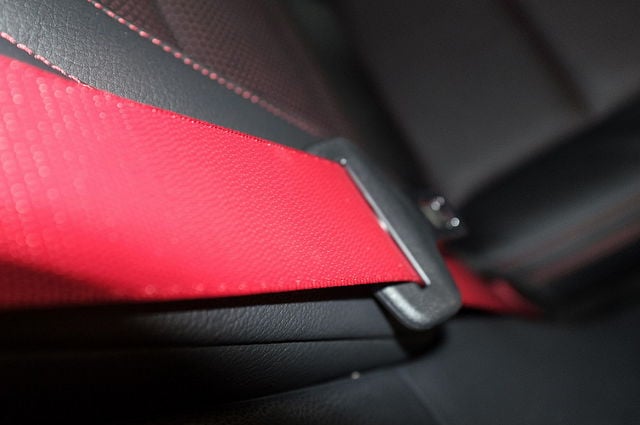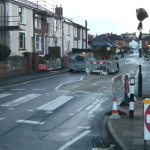This in from police, in their own words. Ed
Police across Hampshire and Isle of Wight are supporting an international initiative to reinforce the importance of wearing a seatbelt each and every time you drive.
This week (September 7 to 13, 2015) marks the latest Tispol (European Traffic Police Network) seatbelt enforcement campaign where police officers all over Europe are conducting co-ordinated seatbelt checks.
Why the campaign here?
There have been collisions in Hampshire and the Isle of Wight where failing to wear a seatbelt was a reason for serious injuries:
2014
Four (4) fatal collisions
2013
Five (5) fatal collisions
Two (2) serious injury collisions
2012
Three (3) fatal collisions
Over 2,000 motorists prosecuted
The past three years has also seen 2,285 motorists across Hampshire and the Isle of Wight prosecuted for failing to wear a seatbelt.
If you fail to wear a seatbelt, you can be fined up to £500 or be offered an alternative to prosecution course if you have not completed one in the last three years.
The course is designed to educate drivers and passengers who have been stopped for seatbelt offences on the dangers of not wearing a seatbelt and how a seatbelt can save your life.
Twice as likely to die in a collision without belt
Hampshire Constabulary’s road safety officer, Sergeant Rob Heard said:
“The vast majority of people are wearing their seatbelts, but unfortunately we are still finding people who decide to take the risk and travel in a vehicle without wearing a seatbelt.
“You are twice as likely to die in a collision if you are not wearing a seatbelt. In the event of a collision, if unrestrained, you will hit the windscreen, or the front seat in the case of a rear seat passenger, at a force of thirty (30) to sixty (60) times your own body weight.
“Unfortunately some motorists are becoming complacent and feel a collision will never happen to them. People sometimes feel ‘I am only driving locally and at a low speed so I will be ok’. However, research has shown that many collisions occur at low speed and within a few miles of home.
“I would always recommend to people to wear a seatbelt every time you travel in a vehicle, it’s just not worth the risk.”
Keeping children safe in their seats
This enforcement week is also focusing on child seat restraints
Hampshire Constabulary’s Roads Policing Unit (RPU) took part in UN road safety week during May 2015, and visited a number of locations to carry out child seat checks.
Nearly three in every five car seats checked by police in Hampshire during that week were fitted incorrectly.
Only 36% child seats fitted correctly
In total 193 child car seats were checked and only 36 per cent were found to be fitted correctly. Belts that were too loose were the biggest problem.
If the belt is too slack it means the seat can move around and so the child isn’t secure. Other issues ranged from loose or incorrect harness heights to incorrectly routed belts.
Sergeant Rob Heard added:
“If you’re concerned about your child seat, I suggest you get it checked by a qualified and trained fitter who can often be found at many retailers.”
Our top safety tips:
- Fit your child seat properly, preferably with professional help
- Make sure your seat is fitted securely and should rest firmly on the car seat with hardly any forwards or sideways movement
- Each child seat will have a diagram on it on how to fit the seat properly
- There will be a label that indicates the weight range for the child for which the seat is suitable
- Keep the fitting instructions in the car – you may need them again
- Look for the ‘E’ mark label on the seat, ECE Regulation 44.04 (or R 44.03) or to the new i-size regulation, R129.
- Never fit a rear-facing child restraint in a seat with an active frontal airbag
- Make sure the adult seat belt passes through all the correct guides
- Never modify the seat or adult seat belt to make it fit
- Don’t let the seatbelt buckle be bent over or rest on the child seat frame
- Re-check your seat before each journey
Thanks to the tip from Middling below, here’s that video





